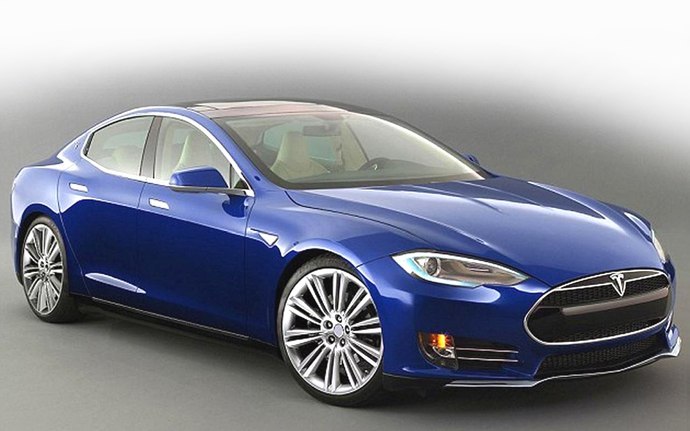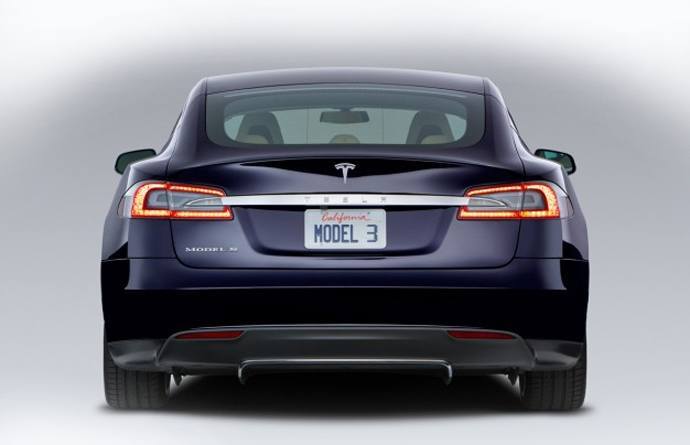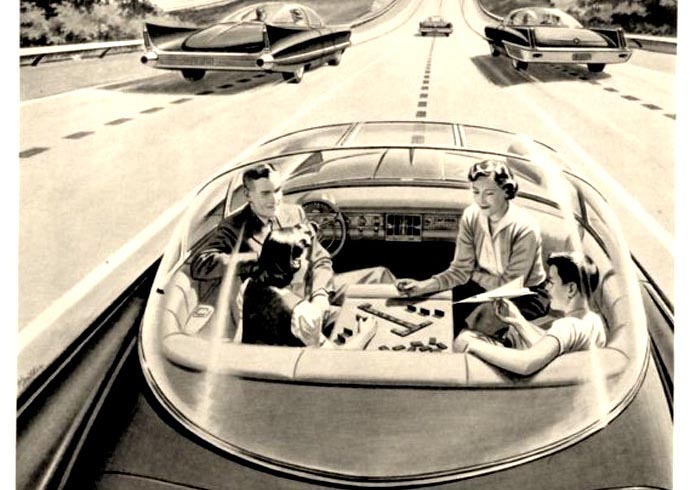
Elon Musk claims Tesla is three months away from a commercially available electric five-seater car with a real-world range of over 200 miles, and only two years from a driverless version.
The Tesla Model 3 launches in March 2016 and while its full specifications are still under wraps, Musk has said the car has a usable battery range of over 200 miles. Speaking to Fortune magazine about driverless cars, tech billionaire Musk said: “I think we have all the pieces, and it’s just about refining those pieces, putting them in place, and making sure they work across a huge number of environments—and then we’re done,”
In response to a hacker who claimed he had built a self-driving car in his garage in about a month and dubbed Tesla autonomous driving technology ‘absurd’, Musk said: “It’s easy to do a cool demo, it’s hard to put something out. Especially software that’s going to work on millions of different roads all around the world in a wide range of circumstances—in winter, in summer, in rain, in dust—there’s a world of difference there.”

Musk defines level 4 autonomy with the added caveat that the probability of an accident is less than that of person
The road to driverless cars
The U.S. Department of Transportation’s National Highway Traffic Safety Administration has defined vehicle automation as having five levels.
- Level 0: Driver has complete and sole control of the vehicle’s primary controls (steering, throttle, brakes and throttle) at all times
- Level 1: Function-specific automation such as assisted braking
- Level 2: Automation of at least two primary control functions eg. Adaptive cruise control working in conjunction with lane centering
- Level 3: Driver can handover control of car, but must be available to occasionally intercede
- Level 4: Vehicle can complete an entire journey with or without occupants
While Google is working on a vehicle with a level 4 of autonomy, which is plans to commercialise by 2020, conventional car makers are moving towards driverless tech in small steps. All have reached at level 1 with some, such as Volvo, having introduced level 2 capabilities.
Tesla’s autopilot function, downloadable from earlier this October, allowed the company to leapfrog all others in the race towards autonomous vehicles. The function uses radar, ultrasonic sound, GPS navigation and cameras to allow computer-assisted parallel parking, steering and lane changing on motorways.
Crucially, the autopilot service makes use of machine learning algorithms from the entire fleet – when one car learns something, they all learn it.
While Musk is confident that the technology will be fully able to deal with real world driving conditions by 2017, he predicts regulators will take up to five years to approve it.
Musk agrees that the data is not yet in existence to support a fully autonomous vehicle, but predicts that companies like his own will produce cars that are technically capable of full autonomy. The vehicles will operate in what he describes as a “shadow mode,” allowing car makers to accumulate vast amounts of data to model what would have happened had the car been in complete control. When it becomes it becomes statistically clear that an autonomous car is safer, regulators will be comfortable with allowing it.
Autonomous vehicles promise safer and more efficient roads, but If there is a seeming inevitability about driverless technology, far less clear is how it will change the relationship we have with our cars. Will the current concept of private car ownership give way to networked public service vehicles that can be hailed like a cab, or will autonomous cars become private luxury retreats on wheels?

Driverless car technology has been imagined for decades, but explosive urban population growth is hastening its development
By 2050, the UN expects the global urban population to be 6.3 billion – the same size as the world’s total population was in 2004. Quite apart from the demand on natural resources, there is unlikely to be the road space to cope with this explosive level of growth. The automotive industry recognises that driverless technology represents the key to the survival of the car in the crowded mega cities of the future. Unless road user charging prices a significant proportion of us off the roads over the next two decades, there will not be room for anything other than driverless cars.
The ethical choice
The ETA was established in 1990 as an ethical provider of green, reliable travel services. Over 30 years on, we continue to offer cycle insurance , breakdown cover and mobility scooter insurance while putting concern for the environment at the heart of all we do.
The Good Shopping Guide judges us to be the UK’s most ethical provider.

sheila
I’m really looking forward to the driverless cars coming out soon.Because iv become ill and ain’t passed a driving test.plus I’m sure the driverless cars will be more safer on the roads and help disabled and sick people plus help children get to schools.all I can say is well done should be proud.I’m looking forward to getting my driverless car can’t wait. Thanku in advance.
sheila
Well done.